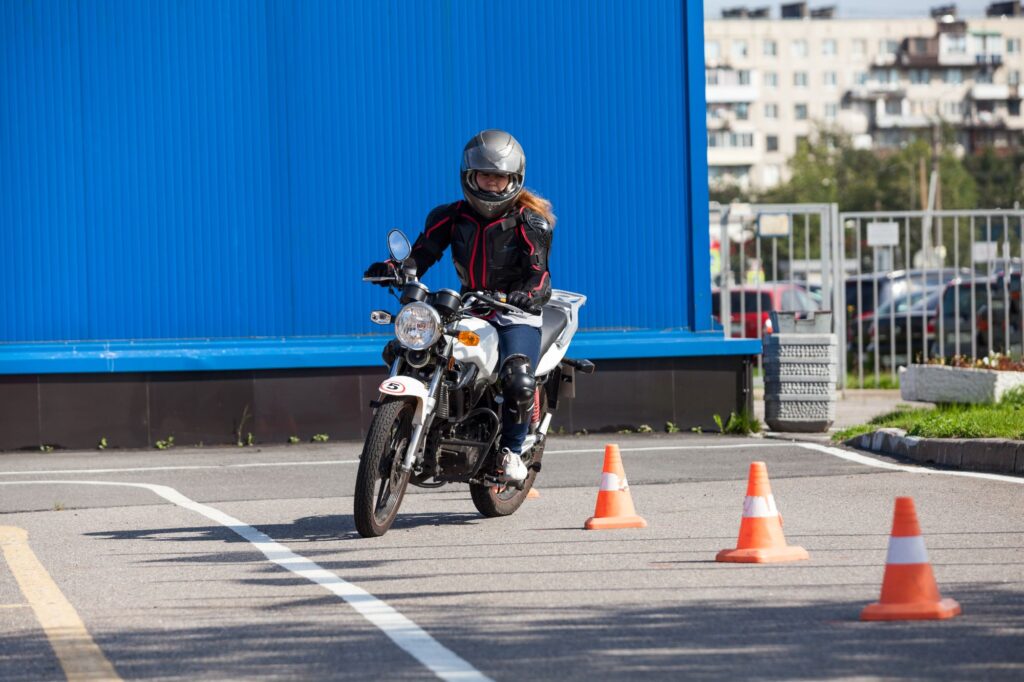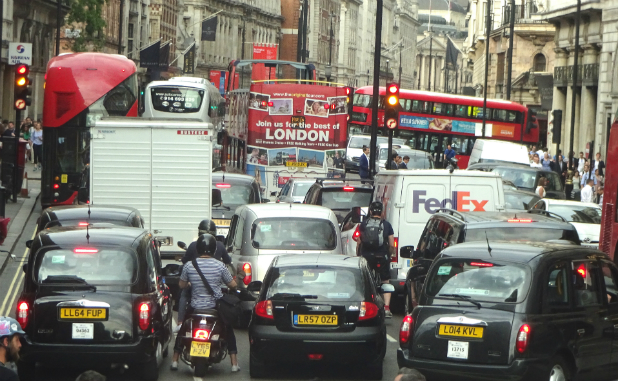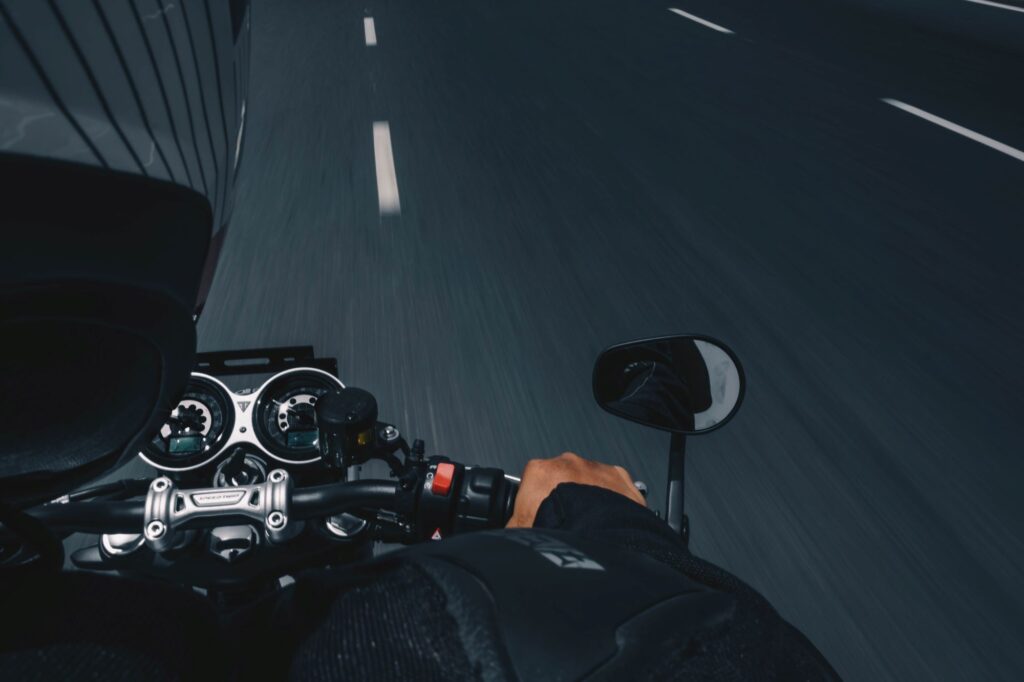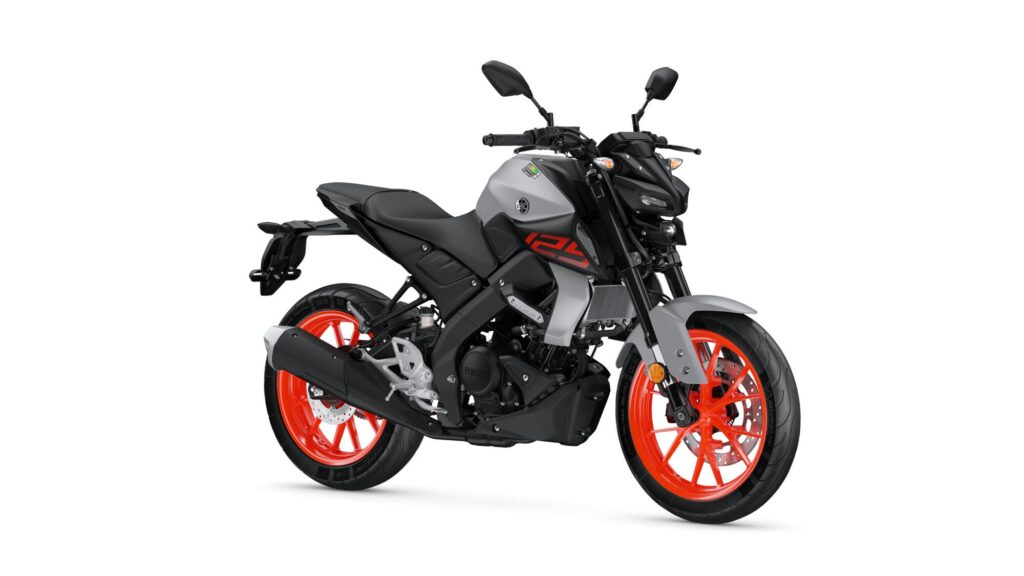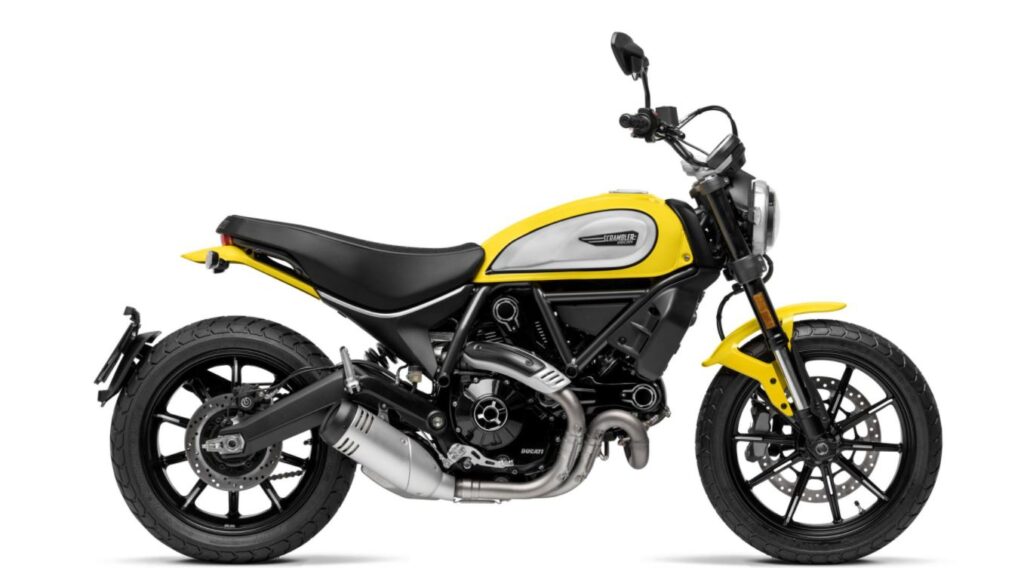Riding on a motorway requires different skills to everyday motorcycling. If you want extra guidance there are courses out there to improve your motorway driving skills, such as Team UK Advanced’s training course. The legislation states that motorways must not be used by holders of provisional motorcycle licences or riders of motorcycles under 50 cc. To help make your ride safer and more enjoyable, Bikesure, the freethinking motorcycle insurance broker, has put together some top tips to help bikers on motorways.
- Stay alert. The monotony of motorways and little to do in terms of steering, braking or gear changes can cause lapses in concentration, but bikers need to be more alert, constantly checking speeds and distances in front and behind and anticipating traffic movement in order to stay safe. Plan any breaks and stops as necessary to ensure that you are awake, alert and fit enough to complete your journey. On the Team UK Advanced website, they recommend talking yourself through your riding and observations, in order to help keep you aware of your surroundings.
- Keep your distance. The Institute of Advanced motorists states that in dry conditions at 70mph on a motorway, it takes an alert rider over 21 metres to react to a hazard, and at least 75 metres more to stop. Meaning a whopping 96 metres at least between spotting the hazard and stopping. With this in mind, it is important to keep your distance and be aware of distances in front and behind you. Two seconds is the minimum amount of time there should be between you and the vehicle in front, allowing for four seconds in wet weather. As it’s difficult to judge the speed of other vehicles on straight roads, allow plenty of room. Try to brake gently, in a way that won’t come as a shock to the driver behind you giving them time to react. If you need to brake urgently, you could consider using the space between lines of traffic to extend your braking distance and to allow your following driver space to also react. As well as stopping times, maintaining a safe distance increases your view around the vehicle in front, allowing extra thinking and braking time.
- Positioning. Bikers should stay in the left-hand lane when possible unless overtaking. When following a rider who is on the left side of their particular lane, many drivers unconsciously judge their following distance from the car in front of the motorcycle rather than the motorcycle itself meaning that they are driving far too close for safety. If this is the case, it’s worth repositioning your bike to the right side of the lane so that you are directly in the driver’s line of sight or failing that move over and allow that driver past. In congested traffic, if your lane is moving faster you may pass traffic on your right. This is known as filtering, not an excuse for undertaking.
- Slip road positioning. As you approach and pass an entrance slip road joining your carriageway observe the flow of traffic and consider moving into another lane to allow traffic joining the motorway to merge.
- Joining a motorway. When joining a motorway try and position yourself so you have the best view of the road you are joining, looking ahead to observe the traffic flow and any hazards. Be aware of other vehicles joining alongside you in case there is conflict over gaps and look out for late lane changes.
- Manoeuvring. Check your mirrors and blind spots more often when overtaking on a motorway. Make sure to signal early and change lanes gradually. Never expect or force other drivers to move out of your way. Adjust your speed so that it matches the traffic flow making sure you don’t compromise your safe following distance (or that of the vehicle behind you) when changing lanes. Be aware of other vehicles looking to pull into the same space as you from other lanes.
- Stopping on hard shoulder. If you need to stop on the hard shoulder for whatever reason, make sure you pull right over to the far left and put your hazard warning lights on (if you have them). Get yourself and your pillion (if you have one) safely onto the verge behind the barrier and to the rear of the bike. Staying with your bike and call for assistance either from your mobile or the nearest emergency phone. If you need to rejoin the motorway, use the hard shoulder as an acceleration lane to adjust your speed to the flow of the traffic, being aware that the hard shoulder can have hazards and debris on it from others misfortunes.
- Dress accordingly. It’s highly recommended that you wear high vis clothing and appropriate clothing for the weather conditions, bearing in mind wind chill.

